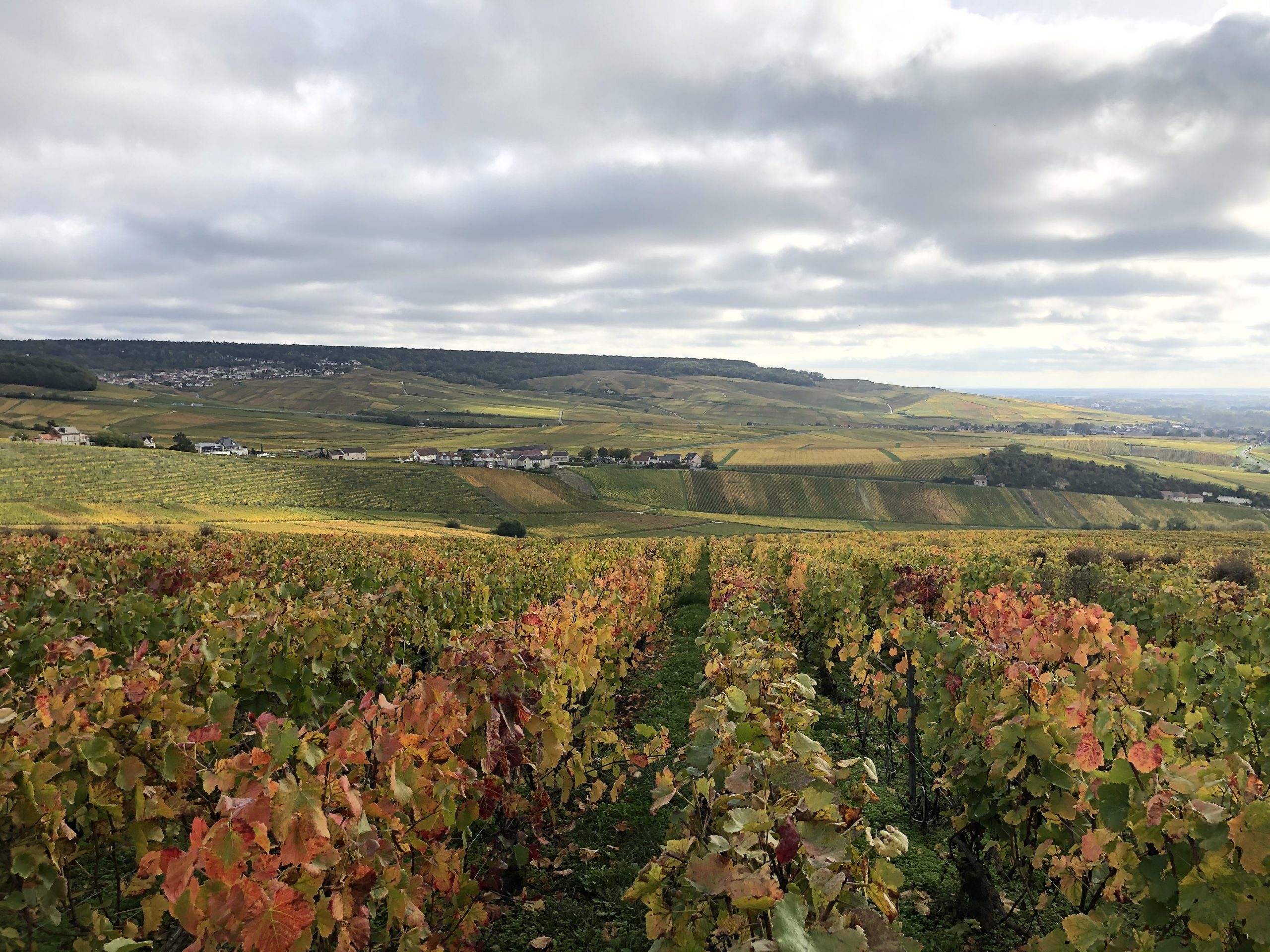
1. Philosophy and Terroir
Great wines are born in the balance of soils, climate and the vision of winemakers to match their philosophy with what nature cultivates for them. The Colmant team work with farmers that understand their need for attention to detail and share their vision for the future. Long term vision and relationships are a cornerstone to maintaining consistent quality of the wines.

2. The Noble Cultivars

3. Pinot Noir

4. Chardonnay
5. The Finest Juice
The Colmant team follow a very traditional approach to pressing the grapes to give only the finest juice. The grapes are chilled to preserve the essence of fruit and character of the terroir. When pressing 3 fractions of juice are extracted.
1. Cuvée – fresh, bright, elegant with good acidity and balance.
2. Première Taille – begins to show a little more fullness and fruit. Less acid.
3. Deuxième Taille – full fruit flavours, round soft texture.
Colmant keeps only the Cuvée and Premiere Taille. The other juice is sold to producers making other styles to which it is suited.

6. Barrels and Reserve Wine
Creating depth, balance and elegance to blend is achieved in part by the use of French oak barrels and Reserve wine.
French Oak Barrels are from one of the finest coopers in Champagne – Jerome Viard of Tonnellerie de Champagne. The oak for these barrels is specially selected for the production of the finest wines. The barrels are toasted with a light toasting to achieve subtle notes in the base wines.
The Reserve Wines are a perpetual blend in that each year a portion of the cuvée wine is kept back and blended. This means that a portion of the best cuvées from the last 14 years is kept in our maturation cellar.

7. Art and Science of Blending
Blending is the balance between art and science. The house philosophy influences which wines and how much of each are used in the blend. In the case of Colmant Cap Classique the philosophy is ripe fruit , structure, elegance, finesse and age ability. It is a wonderful process whereby components enhance each other and each brings it’s unique character to the blend. The layering and combining of these unique characters is a process that needs time and can take place over a few weeks during various intervals. At Colmant we strive to retain the unique value of each site and to enhance that in the final blend.
8. Growing Bubbles
Tirage is the term used to describe the second fermentation in the bottle. This is where the bubbles are grown. When the blending is finished, sugar is added (24 grams/l which will give us +- 6 Bars of pressure). We prepare a special yeast for 3 days before adding it to the base wines and then bottling them. After a few weeks the fermentation is complete and the wines are left to age. The ageing is often referred to as time on lees as this is when the yeast is still in the bottle. The dead yeast cells give many positive attributes to the wine such as a softens or creaminess.
9. Degorgement and Dosage
After ageing the wines from 24 to 84 months it is time to remove the yeast cells. The bottles are placed in a gyro pallet that turns batches of bottles for 3 days until all the sediment is in the neck of the bottle against the crown cap. The wines are then degorged which means the sediment is removed as the crown cap is flicked off.
The dosage or Liqueur d’expédition is a blend of sugar, reserve wine , a dash of sulphur to prevent oxidation. The dosage is supposed to very light. Peter Liem, a world renowned author on Champagne, explains that dosage should be used like salt when cooking. It should just enhance the flavour, it should never dominate the final product. It layers in seamlessly.
